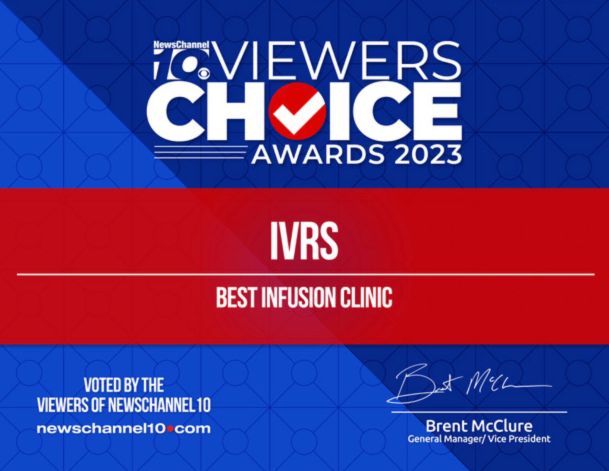Unlocking the Power of NAD+: The Benefits of IVs and Injections
Nicotinamide adenine dinucleotide, or NAD+, is a vital coenzyme found in every cell of the body, playing a central role in energy production, cellular repair, and overall metabolic function. As we age, our natural NAD+ levels decline, which can lead to fatigue, cognitive decline, and slower recovery from illness or stress. NAD+ IV therapy and injections have gained popularity as a powerful way to restore cellular energy, enhance mental clarity, and support longevity.
What are the benefits of NAD+?
One of the main benefits of NAD+ therapy is its ability to boost energy and mental performance. Many people report increased focus, reduced brain fog, and improved mood after treatment. Because NAD+ supports mitochondrial function—the “powerhouses” of our cells—it can also aid in athletic recovery, improve sleep quality, and support detoxification. It’s even being explored for its potential to slow certain age-related conditions and improve symptoms of anxiety, depression, and addiction withdrawal.
How is NAD+ administered?
Administered either as a slow intravenous infusion or intramuscular injection, NAD+ therapy delivers the nutrient directly into the bloodstream for maximum absorption. IV infusions can take a few hours, while injections are quicker but may require more frequent dosing. Both methods are typically offered at IVRS Wellness Center, and many clients use them as part of a broader regimen to support long-term vitality and resilience.
Are there side effects?
While NAD+ therapy is generally well tolerated, some side effects may occur, especially during the IV infusion. These can include nausea, cramping, flushing, or chest tightness, which often improve when the infusion is slowed down. Injections may also cause mild soreness at the site. Side effects typically subside within 30-90 minutes regardless of administration. As with any treatment, it’s important to consult with a qualified healthcare provider to determine if NAD+ therapy is right for you and to ensure it’s administered safely and effectively.


